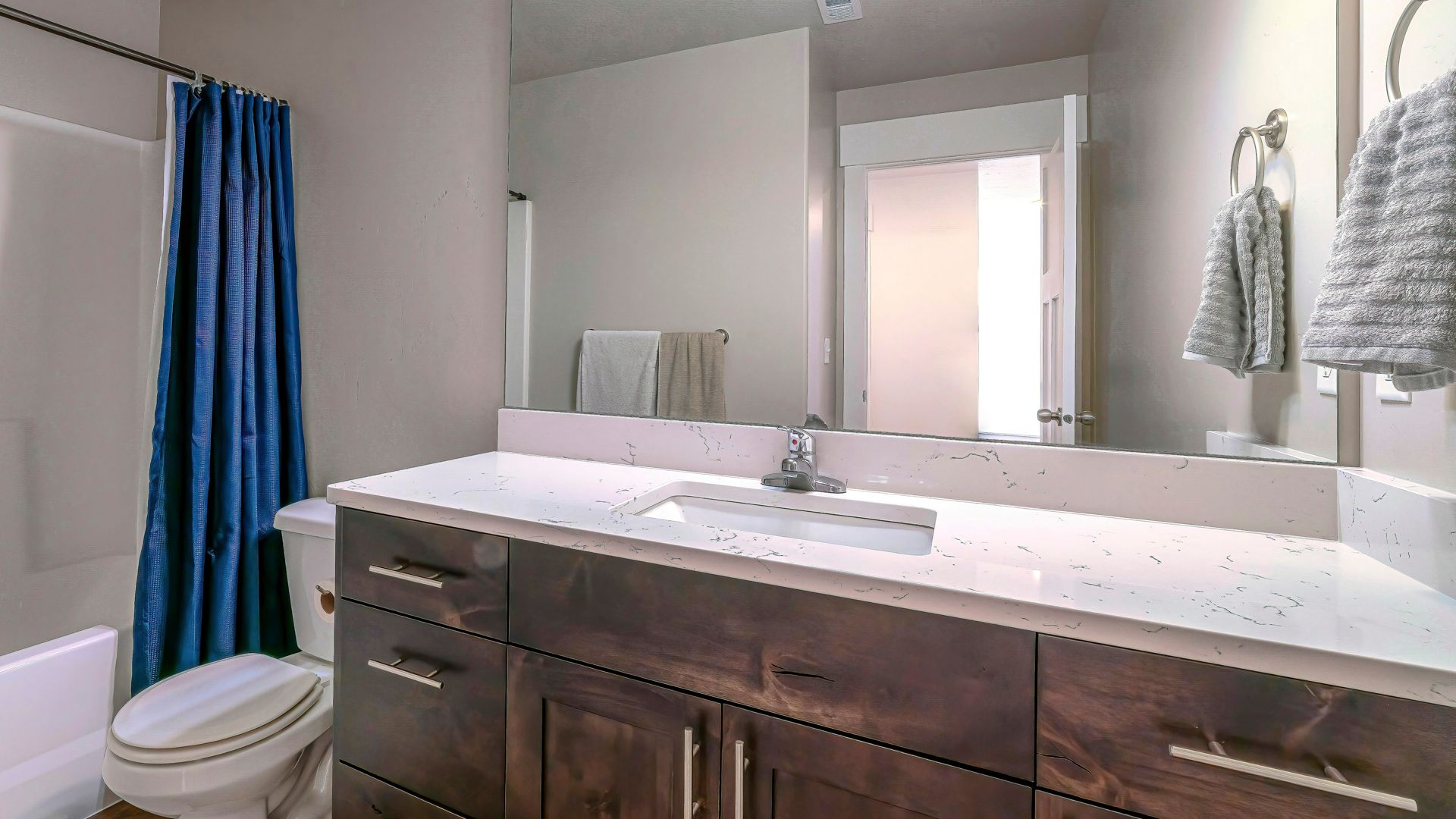Electrical wirings are like veins that transport electricity to your appliances, devices and throughout your home. Learning each type of these wirings is a good point to start for greater safety at home. Let us help you understand the common types of electrical wirings for residential use.
Common Types of Residential Electrical Wiring
NM Cable
Also known as “Romex,” this type of home electrical wiring is intended for interior set up. Modern homes use NM cable as an electrical conductor because of its versatile properties. This wiring can resist both flame and moisture which makes it ideal for dry and damp environments at home like basements. NM cables can be vulnerable to damage so make sure to keep them safe and secured at all times.
THHN/THWN Wire
These insulated wires use codes where each letter denotes an electrical code requirement. THHN and THWN are abbreviated terms which have the following meanings:
T – thermoplastic insulation
H – heat resistance; HH for high heat resistance not exceeding 194 degrees Fahrenheit
W – tolerance for wet or damp locations
N – nylon-coated which protects from oil and gas
Coaxial Cable
Commonly known as heliax, this wiring is used for connecting video devices and carrying television. Coaxial cables consist of tubular insulating and conducting metallic layers enclosed by a metal sheath or mesh. It also features a thin plastic layer or cover for extra protection.
Ribbon Cables
Composed of several conducting wires, this type of household wire is applicable for computers and other electrical peripherals. The wires follow a parallel line positioned on a flat plane which looks exactly like flat ribbons. They are flexible but are only applicable to low voltage equipment.
Low-Voltage Wires
The wires used for your lighting fixtures, doorbell and thermostat are low-voltage wires. They come in insulated metal sheaths that are combined in pairs. Wiring such as this resembles a lamp cord cable that is strictly for low-voltage applications only.
Underground Feeder Cable
Almost the same as NM cables, underground cable wires are joined together in an elastic material of varying gauge sizes. They are often used for in-ground applications because of their ability to resist water especially in damp areas such as pumps and gardens.
Learning these basic electrical wirings is only half the battle. For assistance and questions, call our professionals at A-TEMP Heating, Cooling & Electrical. We would love to do an evaluation of your home wirings if needed. Contact us today!

